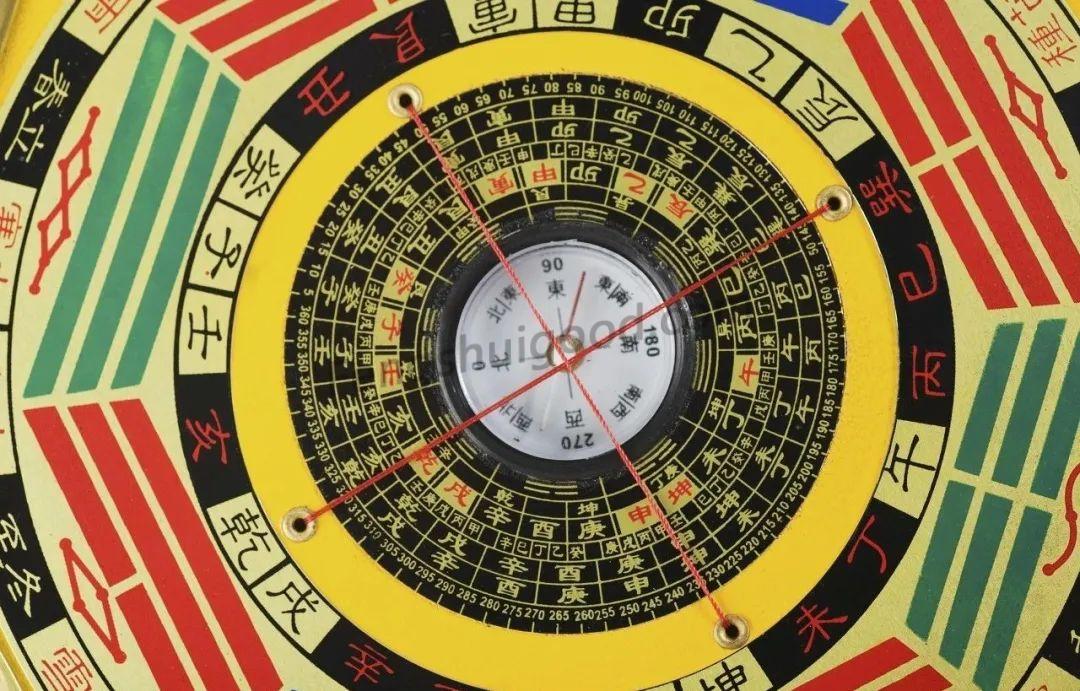Feng Shui, historically referred to as “Kan Yu,” is a profound discipline created by the ancestors of the Chinese nation. Its principles originate from the “I Ching” and are based on natural balance and the interaction between heaven and humans. It uses the doctrine of the mean to improve and adjust one’s life destiny. Due to its strong practicality, Feng Shui has continued to evolve and remain popular throughout thousands of years.
The term “Feng Shui” first appeared in the book “Zang Shu” by Guo Pu (276-324 AD) during the Jin Dynasty. The book states, “Qi disperses when it rides the wind and stops when it encounters water. The ancients gathered it to avoid dispersion and guided it to stay, hence the term Feng Shui.” Therefore, Feng Shui refers to the core principles of geomancy, with the best locations being those near water and, secondarily, those sheltered from the wind. Feng Shui has always emphasized vital energy (Qi), which can only be harnessed under conditions of wind protection and water proximity to promote growth and vitality.

What is Feng Shui?
Feng Shui has a history of thousands of years in China and has gained a significant position worldwide. It is not only a traditional culture but also a widely practiced folk custom. It serves as a method for seeking good fortune and avoiding misfortune, an environmental planning discipline, and a profound and high-level study of transforming and adjusting human destiny.
Feng Shui mainly involves the comprehensive evaluation of various environmental factors such as climate, geology, topography, ecology, and landscape when selecting building sites. From a modern scientific perspective, Feng Shui is an interdisciplinary field that includes physics, geology, environmental science, landscape science, natural ecology, architecture, and geomagnetic orientation.
The Essence of Feng Shui
In ancient China, Feng Shui sages believed that the primary substance essential for human survival is “Qi.” The Earth’s surface is enveloped by “Qi,” enabling the growth and reproduction of animals and plants, eventually leading to human evolution. Places with concentrated Qi are more conducive to the growth of animals and plants, while areas with scattered Qi are less favorable for biological survival. This ancient theory has been repeatedly confirmed by modern scientific experiments.
Qi disperses with the wind and accumulates with water. The relationship between Qi, wind, and water is crucial. Feng Shui aims to prevent Qi from being blown away by the wind and to allow it to accumulate in water, creating environments suitable for growth and prosperity.
Practical Aspects of Feng Shui
“Qi” is the core of Feng Shui. It refers to an invisible substance that flows continuously in the air and underground, directly influencing the physical and vital growth of animals and plants—essentially a form of electromagnetic radiation.
“Water” is the simplest compound formed by two hydrogen atoms.
“Wind” is the movement of air caused by uneven pressure distribution on the Earth’s surface.
These three elements—Qi, wind, and water—are real and tangible. Their quality directly affects the living environment and human health. Therefore, Feng Shui research focuses on their relationship with human habitation to achieve health and social harmony.

Historical and Cultural Significance
For thousands of years, China’s civilization has developed a unique Feng Shui knowledge system. This accumulated wisdom has been passed down through generations without interruption.
Ancient China had a highly developed agricultural system, fostering a hardworking and pragmatic population. Our ancestors realized that only by conforming to nature could they overcome it. They observed the practical relationships between things, understanding the importance of timing and geographical advantages. Feng Shui, also known as “Kan Yu,” represents the way of heaven and earth. Ancient people studied the relationships between heaven, earth, and humans, discovering many universal laws and mysteries, from Yin-Yang to the Five Elements and the Eight Trigrams.
Despite some inevitable subjective assumptions due to historical limitations, Feng Shui incorporates a vast body of knowledge, including philosophy, environmental geography, meteorology, astronomy, architectural design, art, and psychology. It uses the principles of the Five Elements and the Eight Trigrams to understand, explain, and predict events.
Contemporary Relevance
While some Feng Shui theories cannot yet be scientifically explained, dismissing them as superstition is unscientific. True understanding requires in-depth study and research.
Feng Shui embodies a sophisticated perception of the world, integrating various disciplines. It significantly influences Chinese architecture, cities, palaces, temples, tombs, and residences, showcasing exquisite aesthetic principles. Even today, these principles represent the pinnacle of planning and design.
Feng Shui is an ancient quasi-science. By removing some limited superstitious taboos, its essence reveals a summary of experiential wisdom. It seeks the most fundamental universal laws, providing insights into the universe through reasoning. Feng Shui’s core is a “pre-stabilized harmony,” which modern individuals should strive to inherit and preserve.




